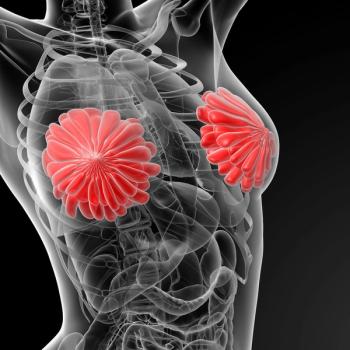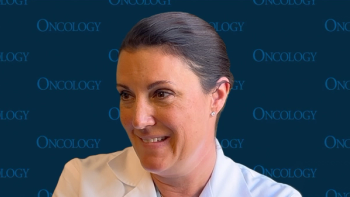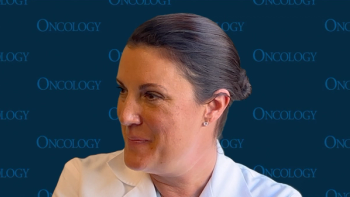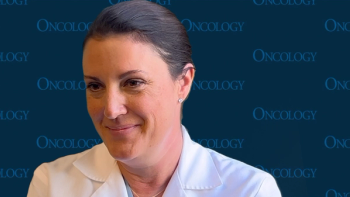
Oncology NEWS International
- Oncology NEWS International Vol 7 No 12
- Volume 7
- Issue 12
CRFA Presents Frontlines Awards for Breast Cancer Awareness
WASHINGTON-Times change. Twenty years ago, the word cancer was barely mentioned in the media, and the words cancer and prevention were rarely put together, Carolyn Aldige, founder of the Cancer Research Foundation of America (CRFA), said at the Foundation’s Frontline Awards ceremony. The awards went to four women whose communications activities have been instrumental in raising awareness about breast cancer.
WASHINGTONTimes change. Twenty years ago, the word cancer was barely mentioned in the media, and the words cancer and prevention were rarely put together, Carolyn Aldige, founder of the Cancer Research Foundation of America (CRFA), said at the Foundations Frontline Awards ceremony. The awards went to four women whose communications activities have been instrumental in raising awareness about breast cancer.
Cathy Hainer, a reporter for USA Today, wrote about her experience with breast cancer in a series of features for her newspaper. She noted upon accepting her award that one of the installments featured a photo of her without hair, the result of chemotherapy.
Although publishing the photo seemed a risky move, it resulted in gratifying reader feedback. Communicating with readers on a personal level has been my reward for writing the series, she said.
Eleanor Nealon, the NCIs director of the Office of Liaison Activities, could not attend, but in remarks delivered on her behalf, she urged the audience to remember the underserved women.
Cokie Roberts, co-host of ABCs This Week With Sam Donaldson and Cokie Roberts, shared her personal experiences with breast cancer in her book, We Are Our Mothers Daughters. She pointed out that the disease claims 44,000 lives annuallymore than all American combat-related deaths from the Vietnam War.
Betty Rollin, an NBC News correspondent, dealt with her breast cancer in her 1976 book, First, You Cry. In the intervening years, she has gained perspective. The female breast is sexually useful, lets face it, she joked. But, I mean, you dont walk on it. You dont hail taxis with it. She said she realizes now, after battling the initial disease and a relapse, that she is very grateful to be alive.
Articles in this issue
about 27 years ago
Long-Term Adjuvant Tamoxifen Urged for Low-Risk Breast Cancerabout 27 years ago
EORTC DCIS Study Confirms Recurrence Reduction With RTabout 27 years ago
James Cancer Center Joins NCCN Outcomes Databaseabout 27 years ago
Managed Care Sees Need for National Guidelines, Accreditationabout 27 years ago
Advisory Panel Recommends Approval of Vysis HER2 Testabout 27 years ago
Drinking Tea After Smoking May Reduce Oxidative Stressabout 27 years ago
Use Special Skills, Tools to Assess Pain in Children, Elderlyabout 27 years ago
Good Response Rates With Radiolabeled Anti-CD20 MoAB in NHLabout 27 years ago
Tobacco Industry Settles With StatesNewsletter
Stay up to date on recent advances in the multidisciplinary approach to cancer.


















































































